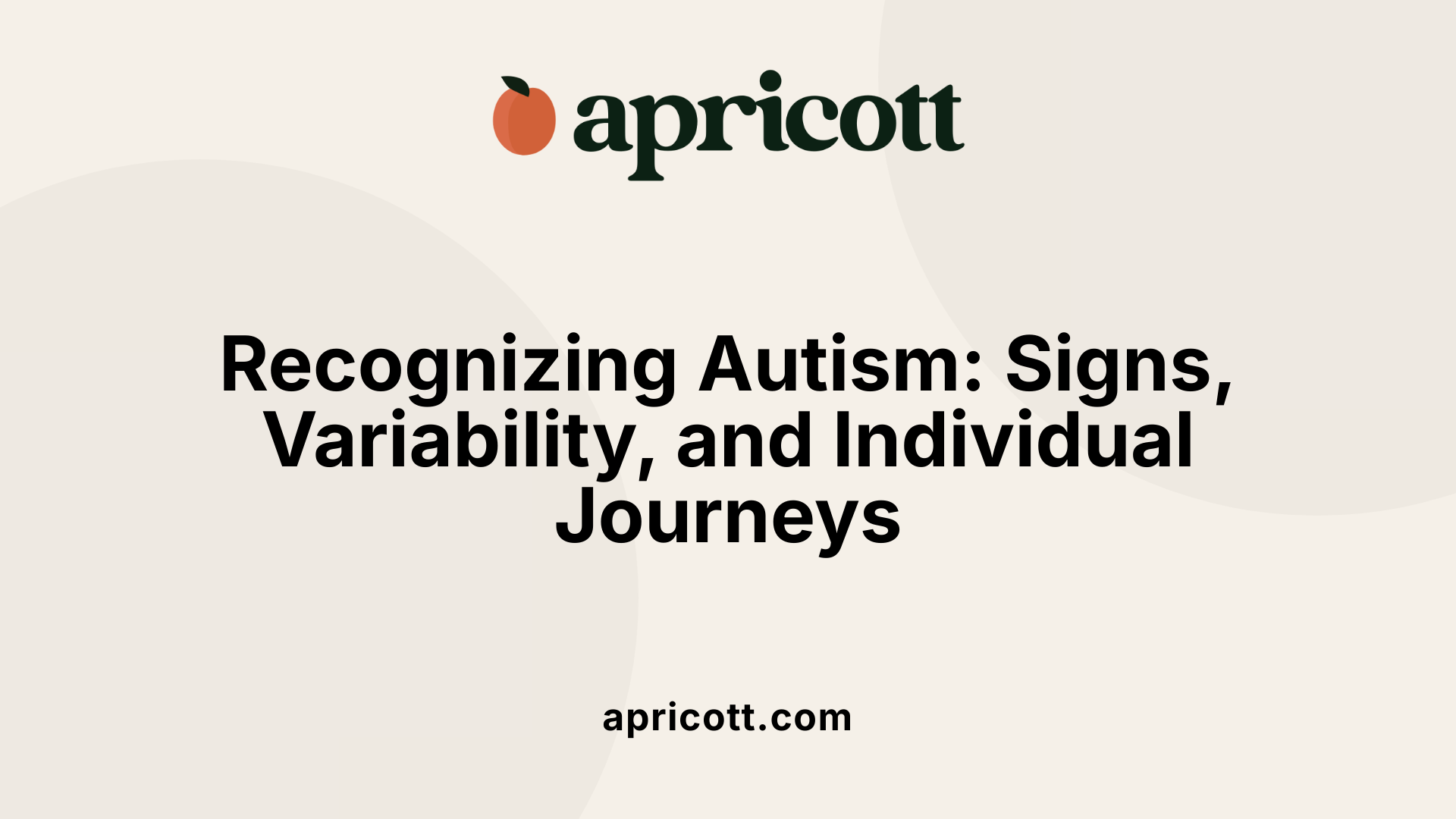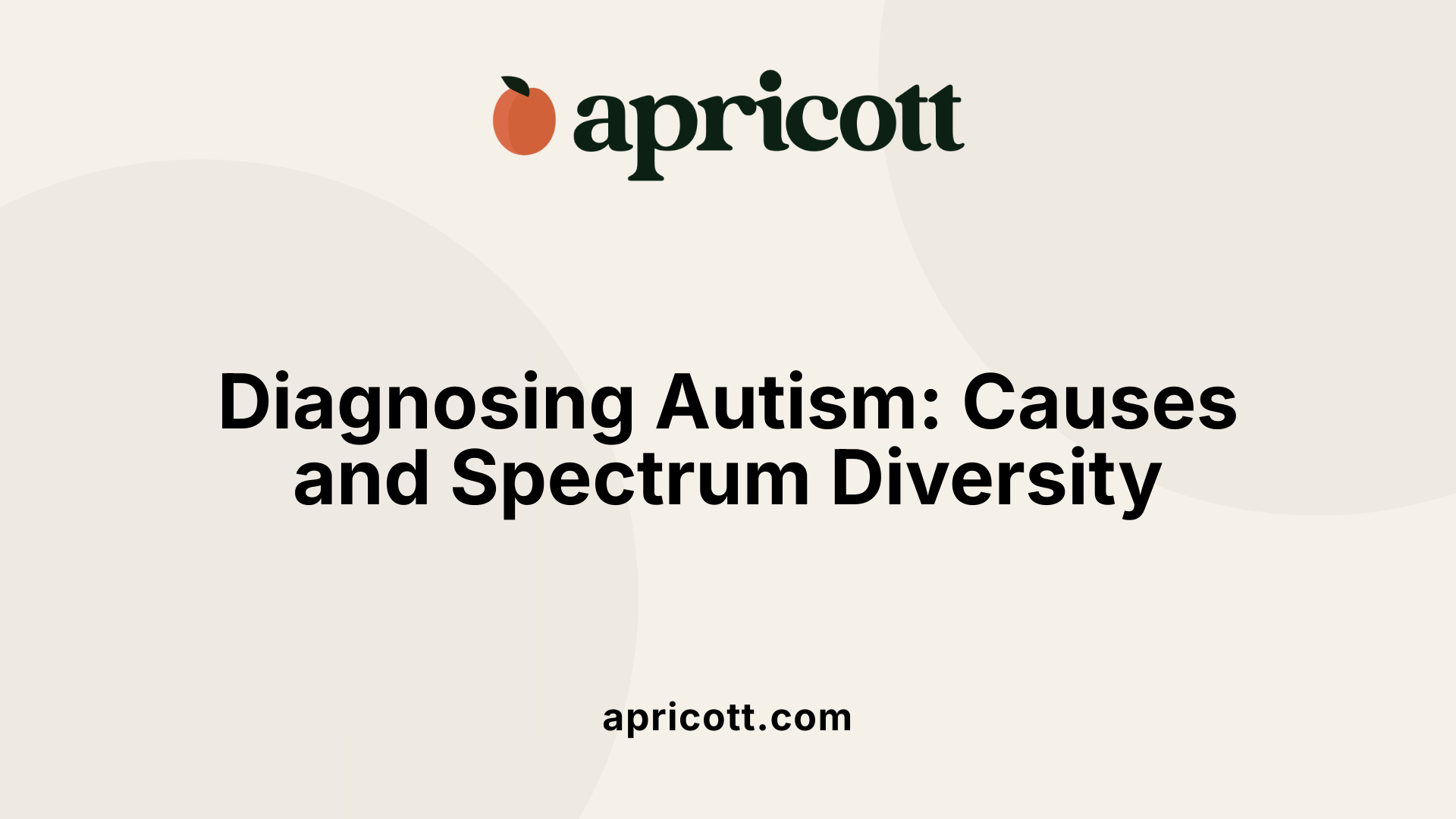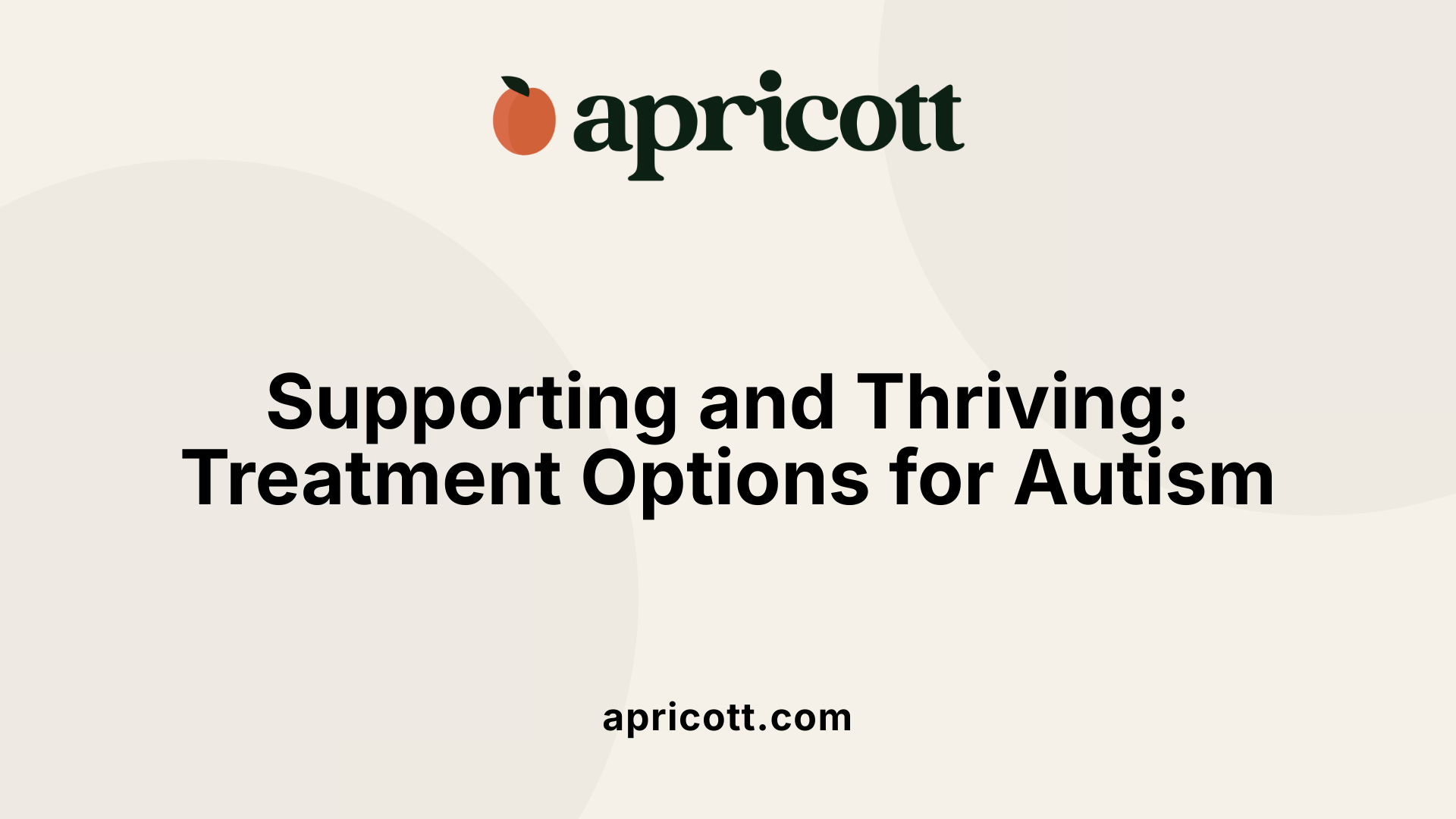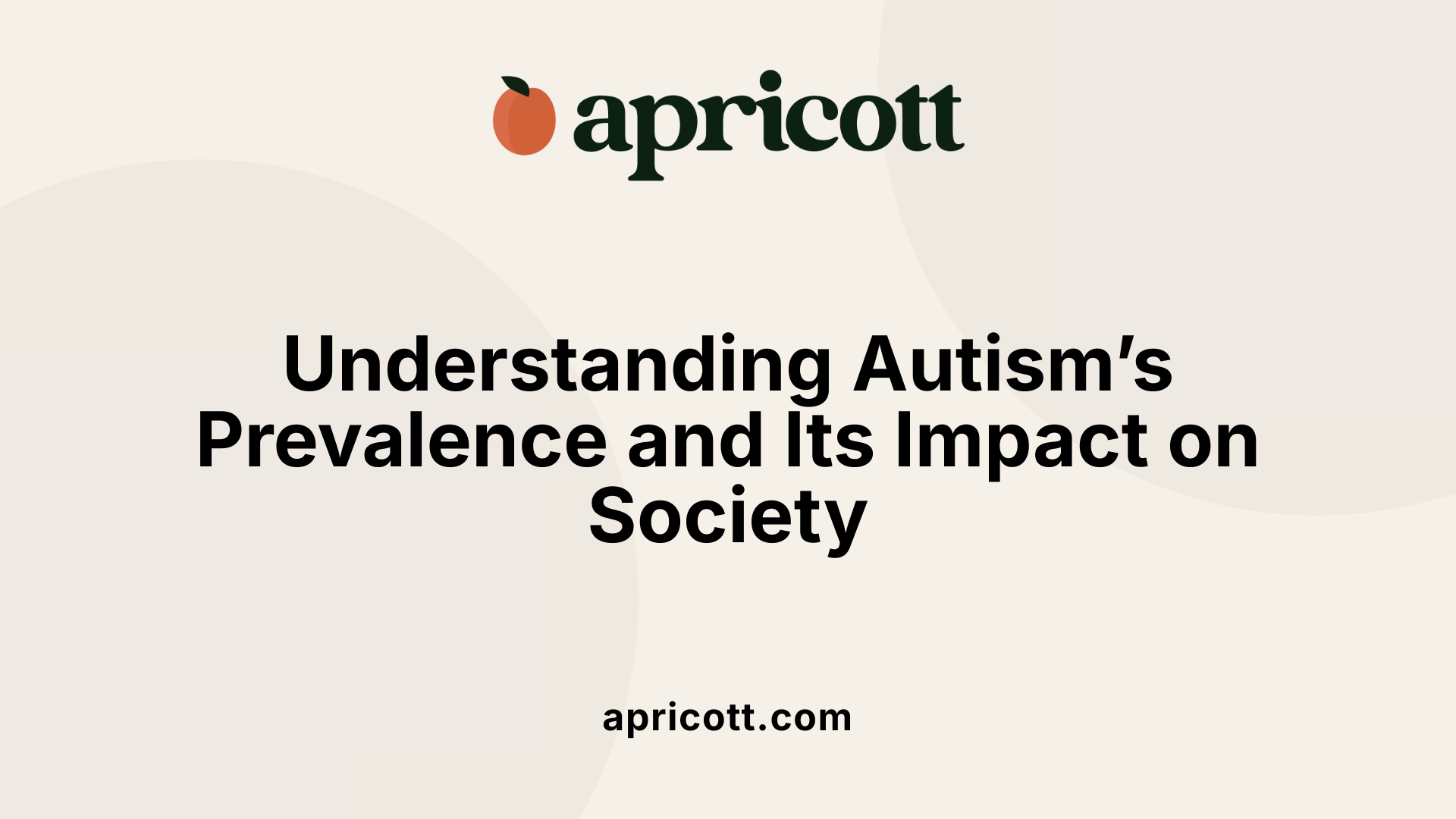July 17, 2025
Unraveling the Spectrum of Autism
Autism Spectrum Disorder (ASD) is a complex, lifelong neurodevelopmental condition that manifests through a diverse range of behaviors, skills, and challenges. With increasing awareness and research, society is gaining better insight into the nature of autism, its signs, causes, and the ways to support autistic individuals in leading fulfilling lives. This article explores what autism is, how it varies among individuals, and the importance of early diagnosis and tailored interventions.
What is autism spectrum disorder (ASD)?
Autism Spectrum Disorder (ASD) is a broad developmental condition characterized by differences in how the brain develops and functions. It impacts social communication, behavior, learning, and emotional responses. Symptoms generally appear within the first two years of life, although they may sometimes not be noticeable until later. ASD manifests in a wide variety of ways, which is why it is called a spectrum. Some individuals with ASD speak fluently and have high intellectual abilities, while others may be nonverbal or have co-occurring disabilities like intellectual or developmental delays.
Autism includes behaviors such as challenges with social interactions, difficulties understanding or expressing emotions, and engaging in repetitive behaviors or having narrow, intense interests. Many autistic people find sensory inputs—like sounds or textures—overwhelming or confusing.
Broad characteristics and manifestations
Each person with autism has a unique set of strengths and challenges. For some, social interactions can be confusing or tiring, and they may prefer routines and familiarity. Others might have extraordinary abilities in areas like memory or arts. Common signs include limited eye contact, atypical body language, delayed speech or alternative communication methods, and repetitive movements such as hand-flapping or rocking.
Repetitive behaviors, strict routines, and intense focus on specific interests are typical features, often serving as calming or self-expressive actions. Communication styles vary widely; some use spoken language, sign language, gestures, or augmentative devices.
Lifelong condition with variable traits
Autism is a lifelong condition that does not change over time, but the support needs, abilities, and challenges of autistic individuals can evolve. For example, early intervention can greatly improve skills related to speech, social interaction, and self-care.
The severity of symptoms also varies. Based on the DSM-5-TR, autism is classified into three levels of support: Level 1 (requiring minimal support), Level 2 (requiring substantial support), and Level 3 (requiring very substantial support).
While some autistic individuals can live independently, others may need ongoing assistance. The goal of support and intervention is to help autistic people utilize their strengths and better manage their challenges, promoting a more inclusive and understanding society.
Understanding ASD as a spectrum emphasizes the importance of individualized approaches to education, employment, healthcare, and social participation. It recognizes that autism encompasses a wide variety of experiences, talents, and needs, all rooted in differences in brain wiring and development.
More information can be found through reliable sources like the CDC and the DSM-5 manual, which highlight how autism's diverse presentations affect millions worldwide and underscore the importance of early recognition and tailored support.

Autism spectrum disorder (ASD) manifests through a variety of signs and behaviors that can differ widely among individuals. Common indicators include challenges with social interaction, such as avoiding eye contact, limited facial expressions, or gestures that are typical in social exchanges. Communication issues are also prevalent, often featuring delayed speech development, limited vocabulary, or difficulties understanding and using language effectively.
Repetitive behaviors and restricted interests are hallmark features of autism. These behaviors can include hand flapping, rocking, lining up objects, and persistent focus on specific topics or routines. Many autistic individuals exhibit echolalia — the repetition of words or phrases — and may become distressed by changes in their routines or environment.
In early developmental stages, signs might include a lack of joint attention (not pointing or showing interest in objects), limited play with others, and sensory sensitivities such as aversion to loud sounds or textures. Recognizing these traits provides important clues, but because autism exists on a spectrum, the extent and nature of symptoms vary widely, influencing social, communication, and behavioral functioning.
Identifying autism involves noticing a pattern of differences in social, communicative, and behavioral domains. Common signs include delayed speech, difficulty establishing and maintaining friendships, and limited understanding of social cues like facial expressions or gestures. Repetitive behaviors such as hand flapping, body rocking, or insistence on sameness are also typical.
Sensory sensitivities—such as overreacting to certain sounds, lights, or textures—are frequently observed. A person might prefer routines and become upset with changes, often seeking comfort in familiar activities or objects.
It's important to remember that autism is highly individualized. Some may camouflage their symptoms, especially adults, which can make recognition challenging.
The most reliable method for diagnosis is a formal assessment conducted by healthcare professionals experienced in autism evaluation. They consider developmental history, behavioral observations, and standardized tools to determine if an individual meets diagnostic criteria.
If you observe several of these signs in yourself or someone else, taking proactive steps like seeking a professional evaluation, connecting with autism support organizations, and learning from autistic voices can be valuable. Early diagnosis and intervention help in supporting strengths and addressing challenges, improving quality of life.
| Aspect | Range of Presentation | Examples | Implications |
|---|---|---|---|
| Social Interaction | Varies from significant challenges to near typical social engagement | Avoiding eye contact, forming close relationships | Diagnosis depends on individual skills and needs |
| Communication | From nonverbal to highly proficient verbal language | Using gestures or alternative communication devices | Tailored therapies improve communication |
| Behaviors and Interests | Narrow, intense interests to more generalized activities | Repetitive movements, obsession with specific topics | Supports can help manage behaviors and foster development |
| Cognitive Abilities | Ranges from intellectual disability to giftedness | Learning at irregular rates, exceptional memory | Supports and educational strategies adapt to cognitive profile |
| Support Needs | From minimal assistance to full, lifelong care | Independence in daily activities versus requiring ongoing support | Intervention timing influences outcomes |
Autism's diversity underscores the importance of personalized approaches in diagnosis, intervention, and support, celebrating individual strengths while accommodating challenges.

Autism diagnosis involves a detailed and systematic evaluation performed by experts such as psychologists, pediatricians, or neurologists. Clinicians gather extensive information about a person’s developmental history, behaviors, and abilities, often through interviews, questionnaires, behavioral observations, and standardized tools.
Tools like the Autism Diagnostic Observation Schedule (ADOS) and Autism Diagnostic Interview (ADI) are frequently used to identify core symptoms of autism, which include challenges with social communication and repetitive behaviors. For children, input from parents and teachers is crucial, alongside medical and educational records. In adults, assessments tend to rely more on questionnaires and medical history.
The diagnostic process also screens for co-occurring conditions such as anxiety, depression, or epilepsy. According to criteria in the DSM-5 and guidelines from organizations like NICE, diagnosis is confirmed when behaviors cause significant developmental challenges. Once diagnosed, individuals are provided with support options tailored to their specific needs.
The precise causes of autism remain unclear, but research highlights a complex interplay of genetic and environmental factors. Genetic influences are significant; having siblings with autism increases risk, and certain genetic conditions, such as fragile X syndrome, are linked to higher prevalence.
Multiple gene mutations and inherited genetic variants affect how the brain develops and connects, creating vulnerabilities. Environmental factors during pregnancy or early childhood can also contribute. These include advanced parental age, prenatal exposure to pollutants or pesticides, maternal health conditions like obesity or diabetes, and complications during birth.
Studies suggest that differences in brain growth, neuron proliferation, and connectivity before, during, and after birth increase autism risk. Metals like lead or mercury, and exposures to certain infections or toxins may also play roles.
Altogether, autism appears to stem from a mixture of genetic susceptibility and environmental influences, with no single cause identified. Understanding these diverse factors helps in early detection and tailored interventions.
Autism’s spectrum nature means individuals display a wide array of intellectual and functional abilities. Some with autism have intellectual disabilities, learning and thinking challenges, and may require substantial support for daily activities.
Others possess average or above-average intelligence, excelling in areas like arts, memory, or mathematics. Adaptive skills such as communication, self-care, and social interaction vary frequently. Many autistic individuals develop coping strategies or communicate in non-verbal ways, including through gestures, sign language, or augmentative devices.
The level of support needed can differ greatly. The DSM-5 classifies autism into three levels based on support requirements—Level 1 requiring minimal support, Level 2 needing considerable assistance, and Level 3 indicating severe challenges. This variability underscores the importance of personalized approaches to support, education, and intervention.
| Aspect | Variability | Description |
|---|---|---|
| Intellectual Skills | Wide range | From intellectual disability to giftedness |
| Communication | Verbal and non-verbal | Speech, gestures, signs, devices |
| Support Needs | Minimal to extensive | From independent living to ongoing care |
Understanding this spectrum helps promote acceptance and effective planning for each individual’s unique journey.

Treatments for autism spectrum disorder (ASD) are highly individualized and aimed at improving daily functioning, communication, and social skills. Behavioral therapies like Applied Behavior Analysis (ABA) are among the most widely used, utilizing techniques such as discrete trial training and pivotal response training to encourage positive behaviors. Developmental interventions focus on enhancing language, social, and motor skills, often involving speech, occupational, and physical therapies.
Structured educational programs like TEACCH incorporate visual supports and routines to help children learn effectively. Social-relational therapies, such as Floor Time, emphasize emotional connection and social engagement.
In some cases, medication may be prescribed to manage symptoms like anxiety or hyperactivity, but other biomedical approaches such as special diets or hormone therapies are generally not supported by enough scientific evidence. The importance of early diagnosis cannot be overstated, as initiating multidisciplinary interventions early can lead to improved outcomes and quality of life.
Starting supportive therapies during early childhood can significantly alter the developmental path for a child with autism. When interventions like speech therapy, occupational therapy, and behavioral strategies begin in the preschool years, children are more likely to develop better communication, social, and adaptive skills.
Early intervention leverages the brain’s neuroplasticity—the ability to change and adapt—which is most prominent during early developmental stages. This approach can result in improved academic performance, greater independence, and better emotional health, setting a foundation for more successful integration into school and community.
Research consistently shows that the earlier these supports are introduced, the more positive and lasting the outcomes, emphasizing the need for universal screening and timely access to services.
Life for an autistic individual varies widely, reflecting the spectrum’s diversity. Some may experience significant challenges with communication, social interactions, and sensory sensitivities, which can impact daily routines and relationships. Others may have unique strengths, talents, and interests that enrich their lives.
Supportive environments, societal acceptance, and understanding play crucial roles in enabling autistic people to flourish. Many find meaningful community connections, pursue passions, and live independent or semi-independent lives with appropriate supports.
It’s important to view autism as an intrinsic part of human neurodiversity. Acceptance, self-advocacy, and inclusion foster confidence and happiness. Society's embracing of diverse ways of thinking and perceiving encourages autistic individuals to participate fully and joyfully in all aspects of life.

Autism spectrum disorder (ASD) affects a significant portion of the population worldwide. Current estimates from the Centers for Disease Control and Prevention (CDC) indicate that about 1 in 54 children in the United States are diagnosed with autism, reflecting a notable increase from previous decades. Globally, the World Health Organization estimates approximately 0.76% of children have ASD, which is roughly 1 in 131 children. These figures illustrate that autism is present across all racial, ethnic, and socioeconomic groups, though diagnosis rates can vary depending on awareness, access to healthcare, and diagnostic practices.
In the U.S., autism is more frequently diagnosed in boys than girls, with a ratio of about 3 to 1. The rise in autism diagnosis over recent years is attributed not only to better awareness and broader diagnostic criteria but also to improved reporting and screening practices. Age of diagnosis typically falls around age 4 or 5, but signs and symptoms can appear as early as 18 months, and early identification can lead to more effective interventions.
Many conditions and syndromes are linked to autism, either as genetic or neurological components. For example, genetic syndromes such as Fragile X Syndrome, Rett Syndrome, and Prader-Willi Syndrome are known to have a strong connection with autism. Neurological conditions, including epilepsy, are frequently observed among autistic individuals, with estimates suggesting that between 30% and 50% of people with autism experience seizures.
Additionally, autism often coexists with other neurodevelopmental and mental health conditions like attention-deficit/hyperactivity disorder (ADHD), anxiety, depression, gastrointestinal issues, and sleep disorders. These co-occurring conditions can impact the overall quality of life and may require integrated management strategies.
Understanding these related conditions highlights the complexity of autism and underscores the importance of early diagnosis and comprehensive support tailored to each individual's needs. Overall, autism's multifaceted nature involves genetic, environmental, and medical factors, influencing a broad range of developmental and health outcomes.
As research continues to uncover the intricacies of autism and its diverse presentations, society is moving towards greater acceptance, understanding, and support for autistic individuals. Promoting awareness, dispelling myths, and embracing neurodiversity are crucial steps in ensuring that everyone receives the respect, opportunities, and resources they deserve. Early diagnosis, personalized interventions, and community inclusion are key factors that can help autistic individuals thrive and contribute meaningfully to society. The journey to an inclusive future is ongoing, but with compassion and knowledge, we can build a world where diversity in neurodevelopment is celebrated and supported.